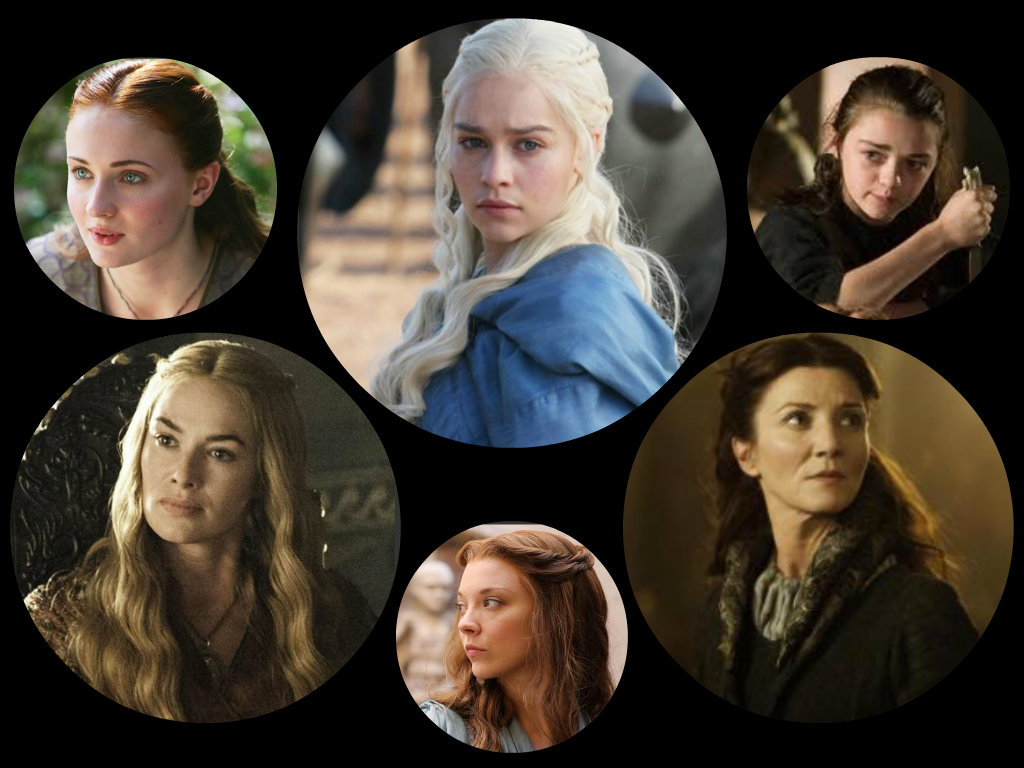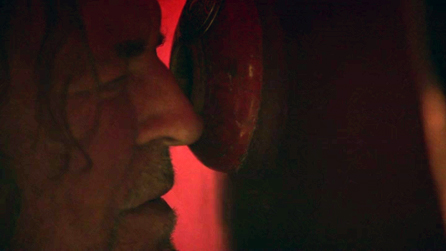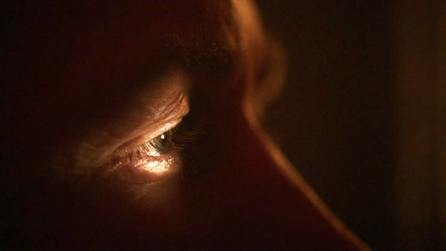
Image Credit: Fanpop.com
An incessant struggle for dominance. A never-ending vigil against opposition. A fierce match of razor-sharp wits. A game, one might say, of thrones. Wait, no. I meant a game of feminism.
Bloggers, journalists and internet activists galore have flocked to bloody forum battlefields contesting sexism, feminism and gender politics in HBO's adaptation of George R.R. Martin's bestselling fantasy saga A Song of Ice and Fire . The show, preparing to air its fourth season in April, has attracted supporters who argue that the series sympathetically illustrates the struggles of politically vulnerable women, along with others who suggest that HBO has even made feminist-friendly improvements to Martin's sometimes questionable vision. In the other camp, opposition asserts point-blank that the show treats women as sex objects and glorifies sexual abuse. One clever response to HBO's obsession with softcore pornography has cataloged 10 Unnecessary Sex Scenesand explores their irrelevance to character development and plot progression.
The sides seem to skirmish on two main fronts: 1) can the female protagonists be classified as “feminist” depictions of women? and 2) can the show's dependence on excessive sex be reconciled to a “feminist” agenda? I put the term “feminism” in quotation marks and therefore under careful scrutiny here since the definition can be quite slippery. For example, if one critic defines a “feminist” character portrayal as reliant on agency/ accessibility to power/ an erasure of gender politics, she might have a tough time coming to terms with the split between the masculine and feminine spheres in A Song of Ice and Fire . Another critic, however, posits that “feminist” depictions involve illustrating how marginalized groups respond to hegemony and manipulate systems of power. The conversations about whether or not Arya, Sansa, Cat e lyn, Daenerys, Brienne and Cersei help or hinder the feminist thrust of the series are many and multifaceted. When it comes to what viewers of the show actually see of women's bodies, the argument that HBO has somehow broken the feminist mold becomes exponentially more difficult to maintain.
Laura Mulvey's 1975 essay, “Visual Pleasure and Narrative Cinema,” describes the general pervasiveness of a gendered scopophilia in films. Mulvey explains ho w camera angles ca n encourage the male-coded viewer to v oyeuristically enjoy passive, often female, figures on the screen . The “male gaze” has been the fruitful topic of debate in several disciplines. Scholars have asked whether or not the gender coding might be too simplistic and challenged Mulvey's theory to provide examples of what non-heteronormative “viewing” might look like. For HBO's A Song of Ice and Fire, however, the 1975 version of “male gaze” fetishism seems to fit the bill quite nicely.


Image Credit: Omega-level.net
Even when the show attempts to use sex to make interesting comments about characters, themes, and even its own medium, these moments are muted by their own content. For example, e pisode two of season two, “The Night Lands,” includes an interesting scene encapsulating one of the show's major themes: we are all objects of someone's intrusive gaz e. A ll of the secrets, all of the spying, constructs a dense web of lies, knowledge and power, and there's no guarantee that the watchers are not being watched. The scene begins in Littlefinger's brothel. A prostitute has sex with a client in an (apparently) private room. A pan back from the camera, however, reveals another client, a voyeur, watching the two have sex while another prostitute performs fellatio on him. Yet another pan back from the camera reveals Littlefinger himself, watching the voyeur. The pattern asks the viewer to mentally “pan back” yet again and question his/her own participation in this culture of voyeurism. The less visible messages of smart, self-referential scenes like this, though, are threatened by their own content. Can visual stimulation be too pleasurable, too satisfactory, to result in an effective criticism of networks of voyeurism?
It's certainly difficult to ignore the abundance of female nudity in the show, and the gratuitous sex scenes tend to distract from the (more important) driving forces of the plot. While sex certainly features prominently in Martin's original novels, it's harder to think of it as a selling point the way it often see ms to work for show. In addition to the sensual, consensual lit-erotica, Martin's novels include references to rape and sexual assault (which are treated as horrifying realities in the harsh cultures Martin has created) but these “scenes” are generally removed from the reader by the consciousness of a third-person narrator, so that the implication of viewer pleasure generally isn't there. The issue, then, isn't about lots of sex in the show; it's about using sex to stimulate your audience instead of for any larger thematic purpose. The frequent appearance of sexualized bodies, along with the impressive amount of screen time given to sex acts, makes the show seem much more comfortable using visuals of a highly oppressive, abusive gender system to arouse its viewers than the novels. This is definitely not to say that Martin's books do not exploit explorations of (typically female) sexuality to titillate readers , but the visual prominence of nude women in the HBO adaptation stands out in ways text-based sex scenes can't. Of course, I'm quite uncomfortable with that statement even as I make it, and there is now a conversation to be had about mediums of pornography, specifically comparing literary versus visual erotica, but I'm lacking the space to tackle that fascinating subject.



Recent comments
2 years 29 weeks ago
2 years 44 weeks ago
2 years 44 weeks ago
2 years 50 weeks ago
3 years 4 weeks ago
3 years 4 weeks ago
3 years 4 weeks ago
3 years 6 weeks ago
3 years 6 weeks ago
3 years 6 weeks ago